WRPG
It is with great humility that I concede that the genre of role playing is completely dominated by western developers. Yes, there are still Final Fantasies, Ni no Kuni, The Last Story, and Xenoblade Chronicles – games that I believe everyone should play, but there is such strong representation from the West that the latter’s inclusion on this list would seem a consolation. The reality is that the west has taken over here. My humility comes from the fact that for years, I had resisted the idea that there were two “genres” of RPG, feeling that the differentiation between Japanese RPG (or JRPG) and Western RPG (or WRPG) was one of semantics. In actuality, there are many things that separate the two, namely, choice. Many of the games here are significantly less linear and do not severely penalize players for failing to grind (fighting lots of bad guys just to gain gold/experience to advance in the game) unlike the traditional JRPG, allowing for more variety between unique playthroughs where ideally, no two should ever be the same.
The Witcher
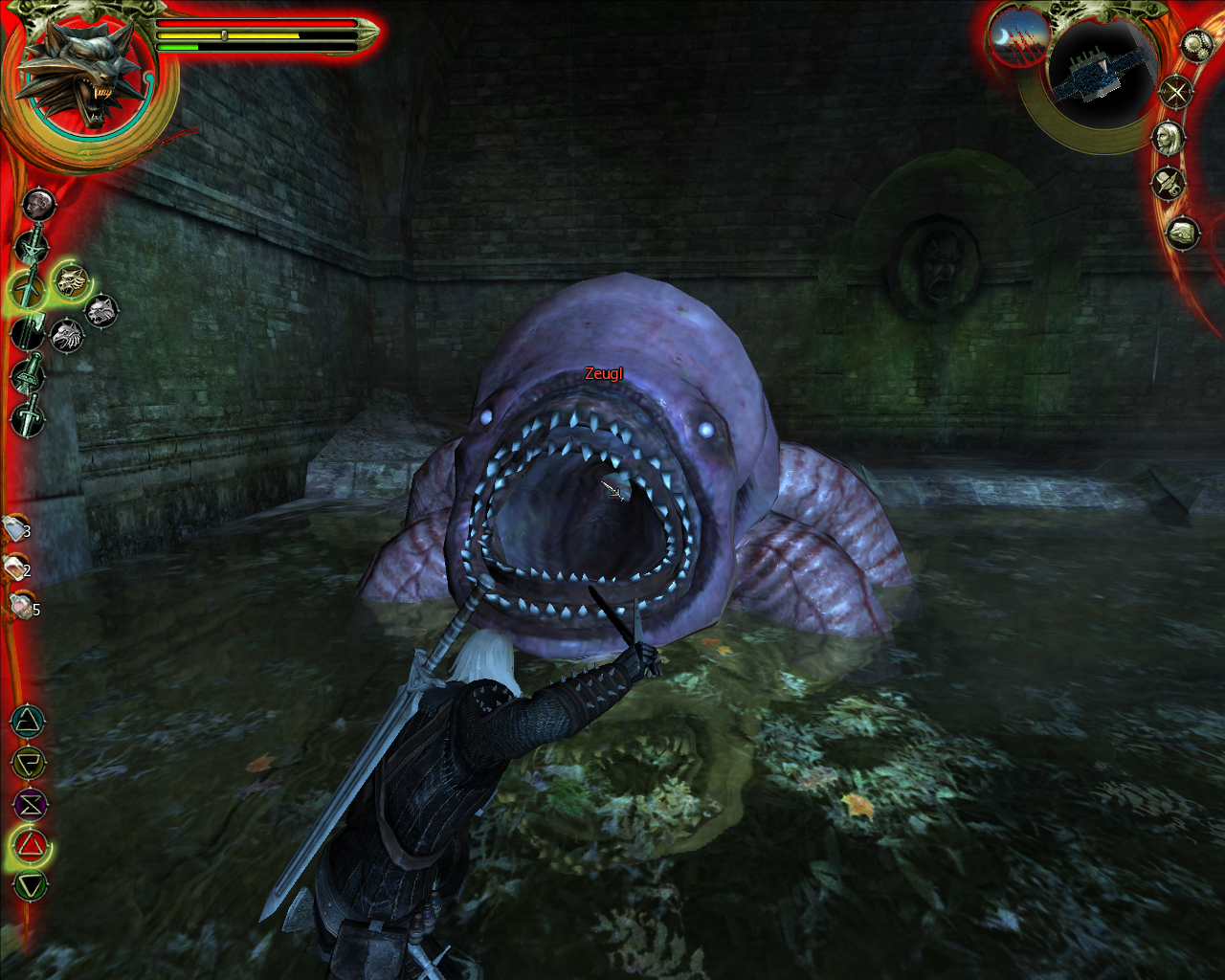
Most gamers might be familiar with The Witcher 2 since it enjoyed a multiplatform (Xbox 360) release. However, it is the Witcher 1 which deserves this spot for providing players an introduction into foreign (specifically Polish) pop culture. Sporting a really cool fighting engine that rivals the Ninja Gaiden and modern Batman games, a detailed skill tree, the integration of alchemy for “power ups,” and wicked bestiary, helps too. The game certainly does begin awkwardly, as the player does not know exactly what a Witcher is, or what they do, or why should anyone care if the Witcher mutagen has been stolen, but by the end of the first chapter, it is clear that Geralt is well-trained and seasoned monster bounty hunter, and there is plenty to learn concerning his craft.
Beyond the gameplay elements, there are more than a few areas where this game is simply radiant. It may not have been the first game to offer multiple routes to different objectives, but it is certainly among the first to delay the payoff for your decisions until hours later down the line. No quick loading after the conclusion of a mission a la Fallout to try a different route here! You’d have to replay an entire chapter for a mulligan. CD Projekt RED takes its product so seriously that the company shipped a massive patch significantly improving the game for free (known as “enhanced edition”). Companies like Capcom, who deliver on-disc DLC and makes gamers pay for it, should take note.
I guess I should mention that this game is also famous for its attitude toward sex. Geralt is both sterile and immune to venereal disease, and he and willing women fully take advantage of these facts as they tend to reward our hero with a romp for his “chivalrous acts.” For every successful notch on his um, log, from forest nymphs to witches to vampires to nuns, you are rewarded a trading card of sorts representing that particular conquest. Women everywhere sport generous busts, and the menfolk often jest about their conquests, though they are not quite alone; Triss Merigold, for example, lives quite the progressive lifestyle herself as does Princess Adda. Some gamers would call this mature gaming and demand more of it, though there are plenty of other places on the internet for that kind of stuff.
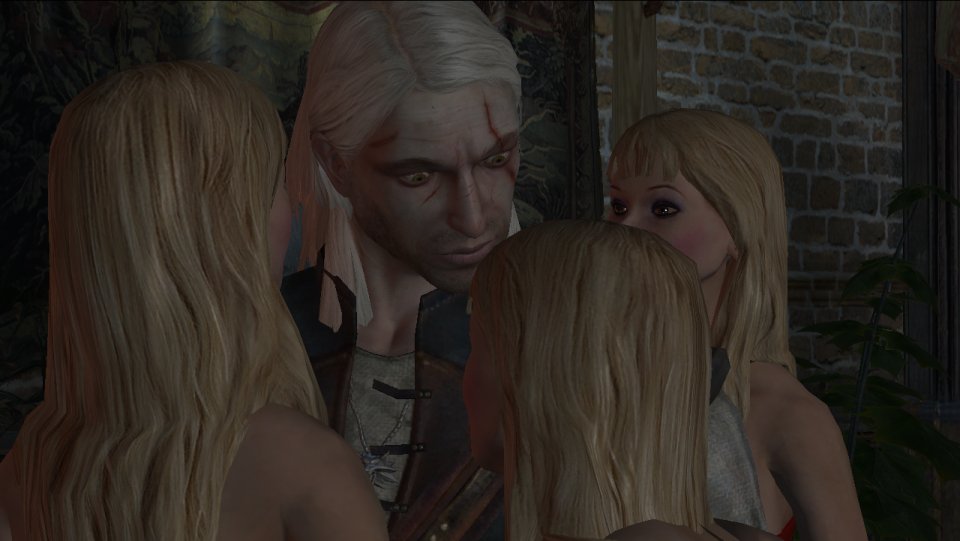
Mass Effect
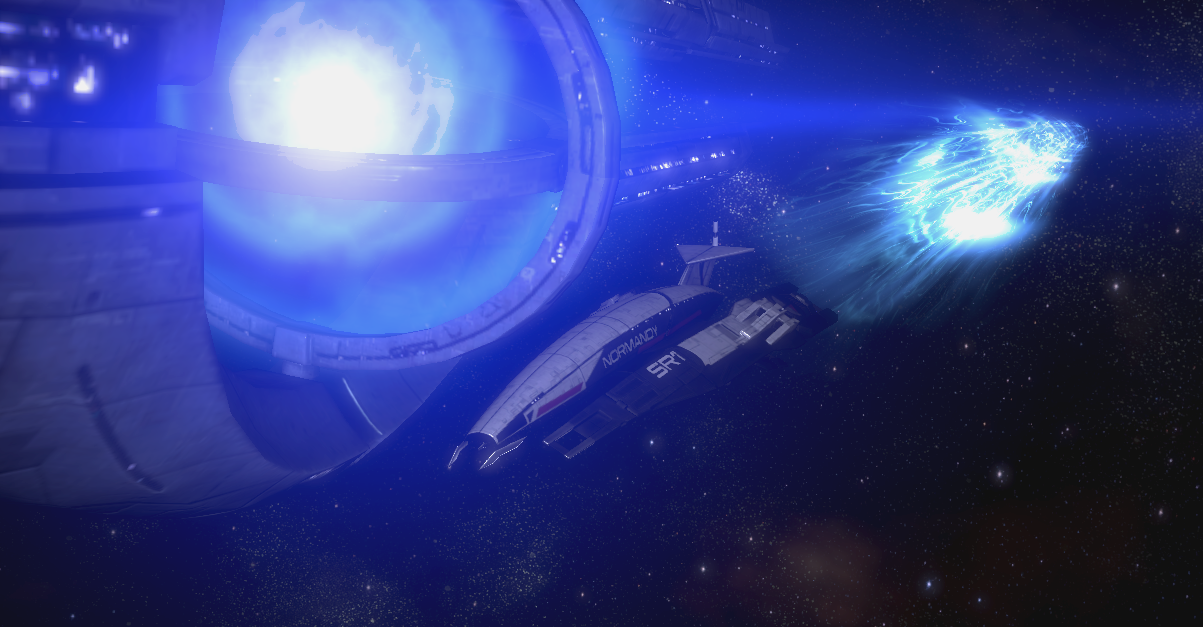
The Mass Effect series was quite an experiment indeed! The third game was good, yet marred as the NOTORIOUSLY UNSATISFACTORY conclusion of the series (including the Extended Cut patched ending) after the player has invested one-hundred hours (or more!) in the previous games. It would not have made any sense whatsoever had it not been for the second game, which is shamefully bereft of plot. But where the plot is offensively pretentious, Mass Effect 2 excels in character development. In fact, I would place ME2 alongside the likes of Baldur’s Gate 2 in regard to character charisma. While the cheese factor of taking on “loyalty missions” is problematic in terms of plot and pacing, what I learned about characters such as my personal favorites, Mordin and Samara, made me want to move heaven and earth for them. Others, such as Zaeed and Jacob, are interesting but not enthralling, though not all characters need to be earth-shattering. Most importantly, ME2 gets the renegade/paragon choices right; ME1’s system was a demonstration of “lawful good vs chaotic evil.” I would be seriously concerned for the mental health of some of the individuals who picked renegade in ME1.
All of that said, explicitly, why do I list Mass Effect (1) as the choice game above ME2 and ME3? For starters, it is the game that introduced the concept of the Western Role Playing Game (WRPG) to mainstream (read: console) audiences. It is also the game that most resembles what I consider a true role playing game, rather than the shooting galleries that the later ME games would become. Admittedly, one of ME1’s massive flaws was the royal mess of an inventory system, but at least the player had choices for weapons and skills while the future games are streamlined. One of the most tragic losses in the future games was the M35 Mako, the Infantry Fighting Vehicle (IFV) used to traverse and explore the various planets encountered. The ability to freely explore planets before entering a shooting arena is one of the elements of this game that provided that (W)RPG feel. ME2 and ME3 eliminated the Mako, leaving players with a game that more resembled Gears of War. There are also neat features, such as its codex, which is comprehensive in its effort to immerse players into the world of Mass Effect, complete with an audible narrator. Explanations as to what “mass effect” is, how the weapons work with infinite ammunition, and what exactly is an Elcor or Hanar (my favorite non-playable races) are welcome, and demonstrate Bioware’s attention to detail and lore (I wish they included a codex that would read to me in Dragon Age!!!). Play this game (and series) and FIND PEACE IN THE EMBRACE OF THE GODDESS!
Fallout: New Vegas
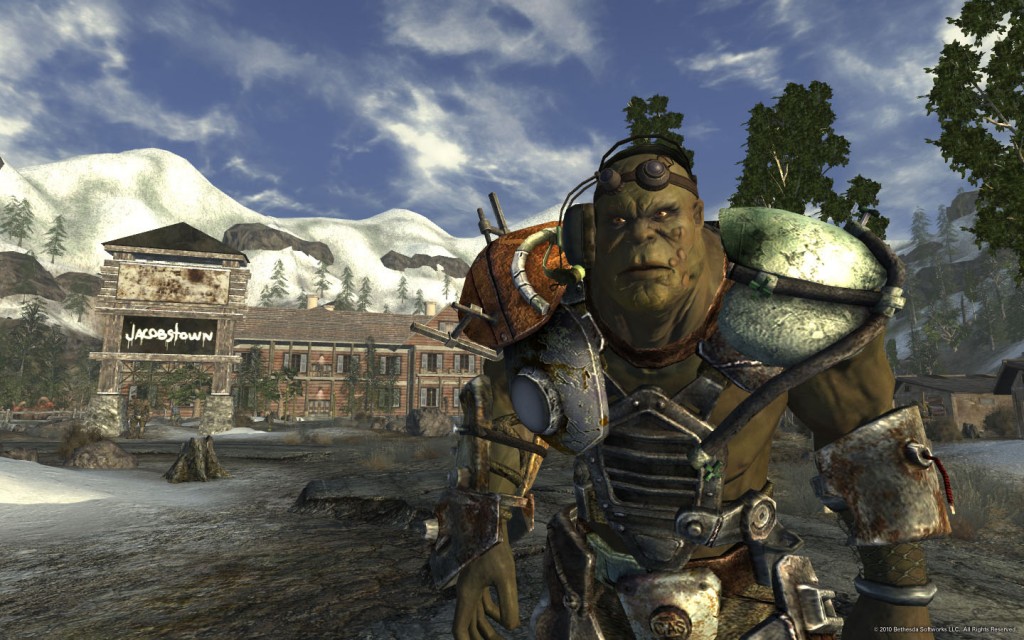
While many mocked Fallout 3 as “Elder Scrolls: Oblivion with guns,” Fallout 3 would relaunch the franchise, introducing the steam-punk themed, post-apocalyptic vision of the United States to audiences who might not have played the 90’s games. The official campaign of TESIV:O was brief to the point of curtness, while the “meat” of the game was confounded to the side-quests; for a RPG, that is backwards thinking. After all, they are called side quests, and if I am going to play a game such as TES, the main story should provide that epic experience one looks for when sinking 50+ hours into a single player game. The plot of Fallout 3 was equally patchy, although exploration in that game was more of a motivating factor for playing onward than the quests which remained in “stasis” until the player decided to complete them. The sense of urgency is virtual, and many of the environments during missions become dungeon crawls or large, but closed arenas that provided a false sense of openness.
New Vegas remedied all the problems found in Fallout 3. By the time one finds themselves at critical turning points in the game, siding with a dictatorship that utilizes slavery or an anarchist with the implication that the populace would figure how to govern itself might sound appealing over oligarchies or separatists. The game also expands upon the coolest “dungeons,” which are not buildings or sewers, but VAULTS, where computers and other documents reveal some tragic and gritty social experiments should we ever suffer through a Nuclear Winter. New Vegas still suffered from the problem of “this quest is urgent, but there is no penalty for finishing it three months later in-game time,” but at least the payoff upon completion seemed more meaningful. For fans of FPS and WRPGs alike, there is plenty to do in this playground.
The Elder Scrolls V: Skyrim
By: Todd Weber
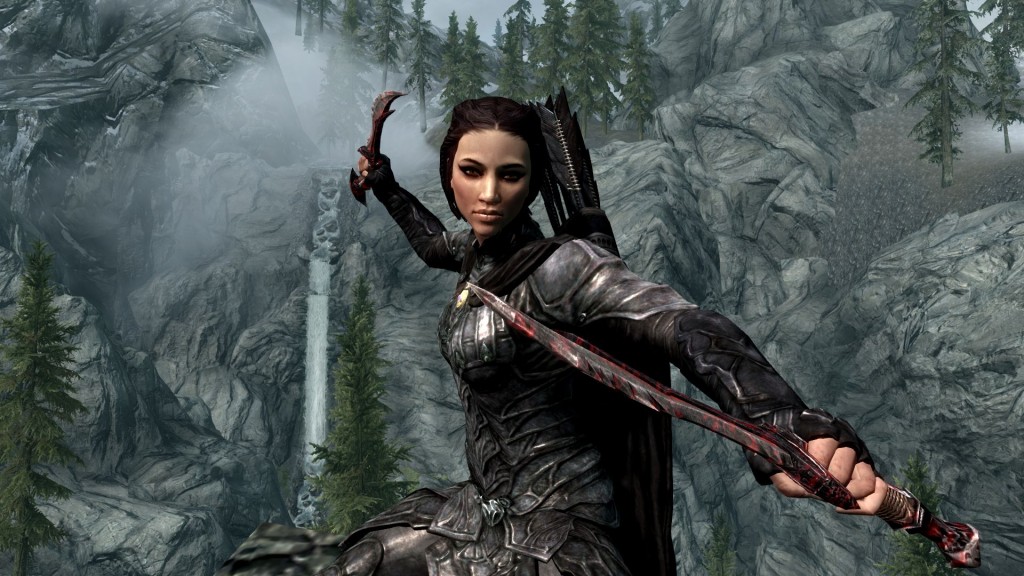
When Bethesda Softworks released The Elder Scrolls V: Skyrim on November 11th, 2011 (11.11.11), gamers like myself were drawn into the most immersive single-player game of any genre to date. Skyrim, which was released for both Xbox 360 and PS3 (as well as for PC), is considered by many to be superior in every way to its predecessor, Oblivion. The main plot of Skyrim was thrilling and immersive. Players stepped into the boots of “The Dragonborn,” a prophesied hero who would use the speech of dragons (dragon shouts) to subdue enemies. The side quests were also pretty amazing and their fully realized, as players could train to be assassins, thieves, werewolves, mages or bards. The game also featured a complex social tapestry, and players were treated differently within the game based on both their character’s race and choices the character makes throughout the game.